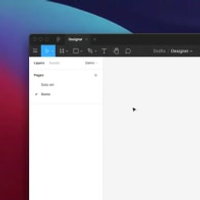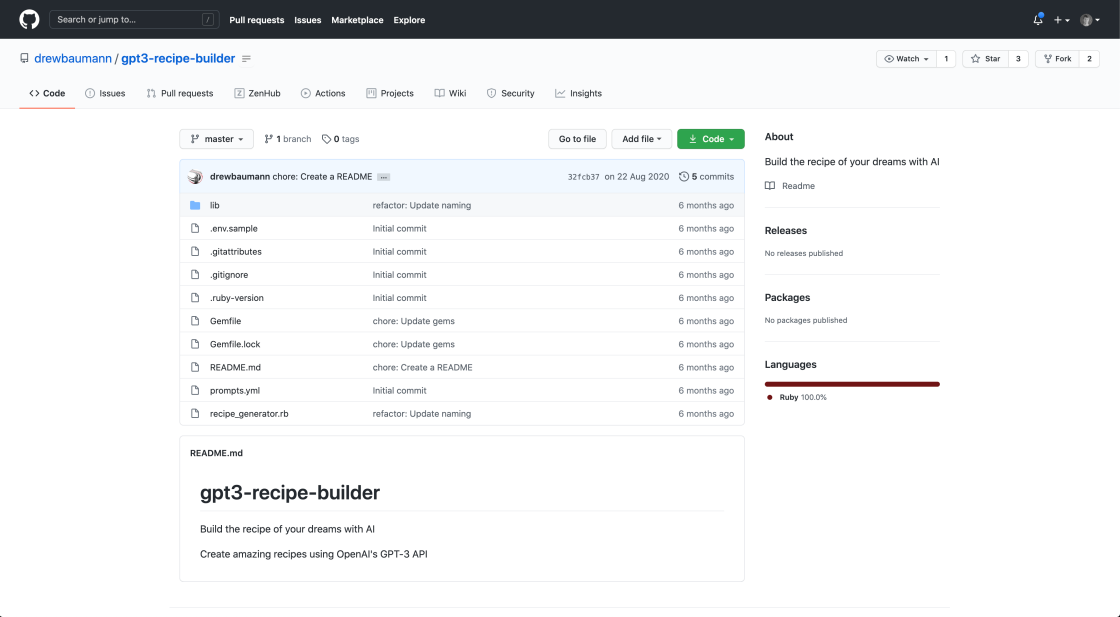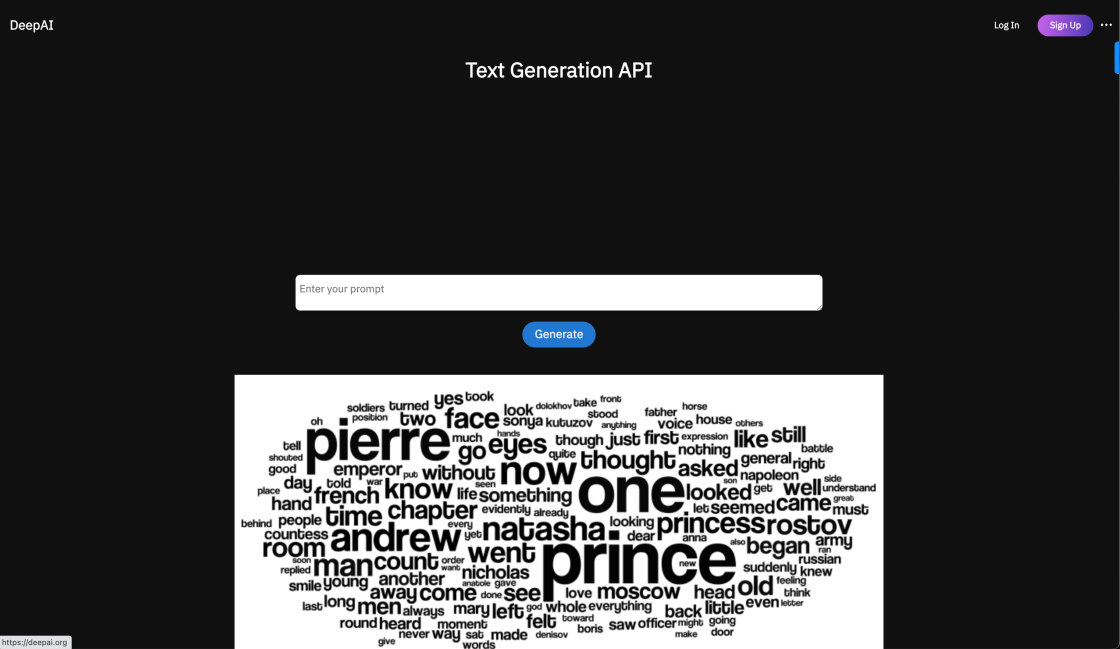

ThatOneThing is an innovative desktop application utilizing advanced AI technology to assist programmers in recovering forgotten programming concepts or codes. With a specific focus on programming languages like JS, Python, HTML, C, C++, Java, and Kotlin, this tool offers a valuable solution to the common challenge of recall. By harnessing the power of artificial intelligence, ThatOneThing provides developers with a reliable resource that enhances their productivity and efficiency. Whether it's a misplaced code snippet or a hazy programming concept, ThatOneThing proves to be an indispensable companion for programmers seeking quick and accurate assistance.
The Alibaba Cloud AI Coding Assistant is a revolutionary tool designed to enhance coding efficiency. This AI assistant leverages advanced algorithms to provide developers with intelligent suggestions and error detection, enabling them to code faster and with precision. By seamlessly integrating with various programming languages and frameworks, the Alibaba Cloud AI Coding Assistant offers invaluable assistance throughout the coding process. It not only accelerates development speed but also ensures code quality by minimizing errors. With its cutting-edge capabilities and user-friendly interface, this AI coding assistant empowers developers to streamline their workflow and achieve optimal coding performance.
Azure DevOps is a comprehensive and fully integrated set of application lifecycle management tools from Microsoft. This cloud-based solution enables software development teams to plan, build, test, deploy and operate applications with greater speed, efficiency, and agility. With Azure DevOps, developers can easily collaborate and manage their projects in one central location, making it easier to streamline the entire software development lifecycle. By leveraging the power of Azure DevOps, organizations can drive innovation, reduce time-to-market, and deliver high-quality applications that meet the needs of their customers.
Phabricator is an open-source code collaboration platform that offers a suite of tools for code review, project management, and communication. It is designed to make development teams more productive by streamlining workflows and providing a centralized platform for collaboration. With its powerful features and flexible architecture, Phabricator has become a popular choice for companies and organizations looking to improve their software development processes. This article will explore the key features and benefits of Phabricator and how it can help your team work more efficiently and effectively.
Code Snippets AI is a powerful tool that helps users build their secure code snippets library with the power of AI. It utilizes GPT3, the most advanced natural language processing technology, to create a comprehensive library of snippets from user-generated code. Users can collaborate with their team to easily access and manage their library of code snippets. With Code Snippets AI, users have the capability to quickly and easily develop their own unique snippets library.
Welcome to WhatTheDiff, your AI-powered code review assistant. Our goal is to help you save time and money by automating pull request summaries. With our service, you can open a pull request and get a summary of the changes in seconds, allowing you to quickly understand the implications of small pull requests and get a headstart on bigger ones. So, let's get started and see how our AI-powered code review assistant can help you!

GPT-3 × Figma Plugin
AI Powered Design

GPT-3 Road Trip Plans For 2021 By CarMax
AI Plans a Road Trip | CarMax

GPT-3 Recipe Builder
Generating Cooking Recipes with OpenAI's GPT-3 and Ruby

DeepAI Text Generator
Text Generation API | DeepAI

Socratic By Google
Get unstuck. Learn better. | Socratic

Nvidia Omniverse Avatar
Omniverse Avatar Cloud Engine (ACE) | NVIDIA Developer

Deepfake AI Negotiation With DoNotPay
Negotiate with scammers and spammers on your behalf

PromptHero
PromptHero - Search prompts for Stable Diffusion, DALL-E & Midjourney
PSEUDO - Transforming Code into Human-readable Pseudocode
In today's rapidly evolving technological landscape, coding has become an integral part of various industries. However, understanding complex codebases can often be a daunting task for both novice and experienced programmers alike. This is where pseudocode comes into play – a simplified programming language that bridges the gap between human comprehension and machine execution.
Introducing Pseudo, an innovative tool that aims to transform intricate lines of code into human-readable pseudocode. By leveraging the power of natural language processing and machine learning techniques, Pseudo revolutionizes the way we interpret and analyze code. It presents developers with a clear and concise representation of the underlying algorithms, devoid of complex syntax and intricate details.
With Pseudo, software engineers can now easily communicate, collaborate, and document their codebase, making it more accessible to team members with varying levels of expertise. Additionally, pseudocode serves as a stepping stone for beginners, enabling them to grasp fundamental programming concepts without getting overwhelmed by intricate code structures.
Pseudo is designed to enhance code readability and foster efficient communication within development teams. By providing a concise and intuitive representation of algorithms, it empowers programmers to comprehend complex systems swiftly and accurately. With Pseudo, the barrier to understanding code becomes significantly lower, ultimately facilitating knowledge sharing and collaboration across the software development community.
A: PSEUDO is a tool designed to transform complex code into human-readable pseudocode.
A: PSEUDO helps simplify and clarify code, making it easier to understand for both developers and non-technical stakeholders.
A: PSEUDO analyzes the structure and logic of code by applying various algorithms and heuristics to convert it into pseudocode.
A: Yes, PSEUDO supports a wide range of programming languages, allowing you to convert code from different sources into pseudocode.
A: While PSEUDO strives for accuracy, it may not always capture the exact semantics of the original code. It provides a readable representation rather than an executable one.
A: Yes, PSEUDO can handle object-oriented code and translate it into understandable pseudocode, ensuring the key concepts are preserved.
A: Yes, PSEUDO offers options for customization, allowing you to adjust the level of detail and formatting to meet your specific needs.
A: Absolutely. PSEUDO can be a valuable tool for documenting and understanding legacy codebases that lack proper documentation.
A: PSEUDO may struggle with highly complex or poorly formatted code, resulting in less accurate pseudocode. It's best suited for well-structured codebases.
A: Yes, by transforming code into pseudocode, PSEUDO enhances collaboration among team members, enabling easier code reviews and discussions about code functionality.
| Competitor | Key Features | Price | Supported Languages | Platform |
|---|---|---|---|---|
| Code2Flow | Automatic pseudocode generation, flowcharts, customizable templates | $49/year | C++, Java, Python, JavaScript, C#, and more | Windows, Mac, Linux |
| Astah Professional | UML diagrams, reverse engineering, code generation | $180/year | Java, C++, C#, Python, PHP, and more | Windows, Mac, Linux |
| Lucidchart | Flowcharts, collaboration tools, real-time teamwork | $7.95/month | Various languages through diagramming features | Web-based |
| Visual Paradigm | UML modeling, code engineering, reverse engineering | $99/year | Java, C++, C#, Python, PHP, and more | Windows, Mac, Linux |
| Pseudogen | Pseudocode generation, syntax highlighting, simple interface | Free | Limited to basic pseudocode syntax | Web-based |
Pseudocode is a valuable tool for programmers, enabling them to plan and visualize their code before implementation. "PSEUDO - Transforming Code into Human-readable Pseudocode" is a software that takes this concept further by offering a sophisticated solution to simplify and enhance code readability. Here are some key points to know about this transformative tool:
1. Enhancing Readability: "PSEUDO" simplifies complex code by converting it into human-readable pseudocode. This transformation allows programmers to better understand the logic and structure of the code, facilitating collaboration and error detection.
2. Efficient Planning: By converting code into pseudocode, developers can effectively plan their projects or refactor existing code. Pseudocode acts as an intermediate step between plain text and actual code, enabling programmers to focus on the high-level logic without getting bogged down in syntax details.
3. Increased Comprehension: The pseudocode generated by "PSEUDO" is designed to be easily understood by both technical and non-technical stakeholders. This promotes better communication within development teams and facilitates discussions with clients or end-users who may not have programming backgrounds.
4. Customization and Flexibility: "PSEUDO" empowers programmers to customize the generated pseudocode according to their specific preferences. Developers can choose the level of abstraction, adjust naming conventions, or incorporate comments to provide additional context for future reference.
5. Error Identification: Converting code into pseudocode helps identify potential errors or logical flaws before actual implementation. This allows for early detection and rectification of issues, ultimately improving the reliability and efficiency of the final code.
6. Learning Aid: "PSEUDO" serves as a valuable learning tool for novice programmers. By presenting code in a more accessible format, beginners can grasp programming concepts more easily, gradually transitioning towards understanding actual code syntax.
7. Integration with Workflow: This transformative software seamlessly integrates with existing development environments and workflows. "PSEUDO" supports popular programming languages, allowing programmers to convert code snippets or entire projects into pseudocode with minimal effort.
8. Documentation and Technical Writing: Generating pseudocode using "PSEUDO" simplifies the process of creating comprehensive technical documentation. By converting code into a more understandable format, developers can craft user manuals, API documentation, or tutorials with ease.
In conclusion, "PSEUDO - Transforming Code into Human-readable Pseudocode" offers programmers a powerful way to enhance code readability, improve collaboration, and simplify the planning process. This transformative software has the potential to revolutionize the way programmers approach code comprehension and development.
TOP